Football or soccer is the most popular association sport in the world, with over 3.5 billion people all over the world relishing the sport. However, did you know that there exists an internationally governed adaptation of the beautiful game for visually impaired athletes?
Blind football or blind soccer is a tailored version of the sport we all love and adore, specifically intended for individuals who are blind. But what is the differentiation between the two? In this blog, we cover the history, rules, and classifications of blind football.
Table of Contents
History of Blind Football
Originating from schools for the visually impaired, blind football was originally popularised in Spain in the 1960s. The earlier versions of the game were practised in Spanish schools as 5-A-Side football for visually challenged children, and eventually, the playground game began to gain popularity. In the 1970’s the sport reached Brazil, who were quick to organise the first ever blind football championship in 1974.
Following this, the sport began to gain traction at a global level. However, it remained relatively ungoverned and each country had their own set of rules and regulations. It was in 1996 that the game was taken over by the International Blind Sports Federation, following which the game was formalised and an internationally recognised set of rules were drawn up. The game was categorised into 2 categories- one for the completely blind, and one for the partially blind.
Following this, the first IBSA Blind Football European Championships and the IBSA Partially Sighted European Championships were held in Barcelona, Spain in 1997. The host nation won both tournaments. In the same year, the first iteration of the Blind Football American Championship was also held in Paraguay, with Brazil coming out as victors.
In 1998, the first-ever IBSA Blind Football World Cup was held in Brazil, which was once again won by the home nation. Following this, the IBSA Blind Football World Championship is conducted every 4 years. In 2004, the sport debuted at the Athens Paralympics and has also been a part of every subsequent Paralympics held.
Currently, the game is the most popular sport in the world for people with vision impairments, as well as the fastest-growing Paralympic sport.
YOU MIGHT BE INTERESTED IN: From Disability to Triumph: Azeem Amir’s Remarkable Career in Blind Football
Rules and Regulations
While the football adaption may sound like a replica of the beautiful game, blind football has many rules that are different. Firstly, the adaptation is played in a 5v5 manner, as compared to football which is played with 11 players in each team. Every blind football team contains 4 outfield players and one goalkeeper. Except for the goalkeeper, all outfield players must wear blindfolds, eye patches, or eye shades to ensure a level playing field, as some players may have slightly better visuals.
The game requires immense spatial awareness and to help, physical barriers are placed on the edge of the playing surfaces of the pitch which make a noise every time the ball hits them. As a result, the game has no throw-ins, or even an offside rule when compared with sighted football. Additionally, each blind football match is played in 2 25-minute halves, with a 10-minute half-time break in between. There are 4 substitutes per team, and they can be made as much as 6 times per half.
The football field for partially sighted football is also different, with the game being played on a pitch that is solid, smooth, flat and a non-abrasive surface that is 40m x 20m wide. In ideal conditions, the game is always played outside to ensure accurate acoustics for the players. Usually, the game is allowed to end in a draw. However, a penalty shootout is conducted if a winner must be decided in medal matches at the end of regulation time.
Furthermore, unlike sighted football, blind football is played with a size 3 football which is far more audible than a regular football. Players must also scream “voy” or “go” every time they challenge for a loose ball. This allows players to maintain a sense of where the ball is, as well as who currently has it and the positions of those around them. Additionally, the goalkeeper is usually someone who is partially blind or sighted, to better guide players while they defend their goal and 2 further guides are appointed to help with attacking play. Spectators are also required to stay silent so they do not interfere with the players’ spatial and auditory awareness.
Classifications of Visual Impairment
While the game is open to anyone with any visual impairment, various classification requirements must be met to qualify for international competitions. These classifications are based on players’ visual acuity and visual field, depending on the degree of impairment. There are 3 classes based on the visual impairment of players:
B1: This level includes players who are almost or completely blind. These individuals have none or negligible light perception and are unable to distinguish the shape of a hand.
B2: This includes individuals who are partially sighted and can distinguish the shape of a hand. This includes players who have a vision acuity of 2/60 or a visual field of less than 5 degrees.
B3: This level consists of players who are also partially sighted. They usually have a visual acuity rating between 2/60 and 6/60 and a visual field ranging between 5 and 20 degrees.
Only B1 athletes can compete at the international level currently. However, B2 and B3 athletes can compete in B2-ranked competitions, which allows for a mix of both classes but at least 2 B2 athletes must be on the pitch at all times. In terms of B1 competitions, only B1 players are allowed to participate, except for the goalkeeper and the guides, who are allowed to be partially or fully sighted.
ALSO READ: Understanding the Key Differences Between the Special Olympics and the Paralympics
Conclusion
In conclusion, blind football stands as a testament to the resilience and adaptability of athletes with visual impairments. From its humble beginnings in Spanish schools to its recognition at the global level, the sport has transformed exponentially. The dedication of players, coupled with international governance by the IBSA, has propelled blind football into the mainstream, offering a platform for inclusivity and athletic excellence. As the fastest-growing Paralympic sport, blind football continues to captivate audiences and inspire individuals of all abilities, embodying the spirit of determination and equality on the field of play.
FAQs
What is the Ball in Blind Football?
Blind football is played with a size 3 futsal football with internal bells, rather than a size 5 regular football.
How Popular is Blind Football?
Despite being one of the youngest Paralympic sports, blind football has risen to become the most popular game for visually impaired athletes. Furthermore, the sport has also become the fastest-growing Paralympic sport in the world, a trend demonstrated by sighted football as well.
Are the Goalkeepers Blind in Blind Football?
The goalkeepers are the only players who are allowed to be partially or completely sighted, even at the B! levels. This is done so that they can guide their teammates while defending.




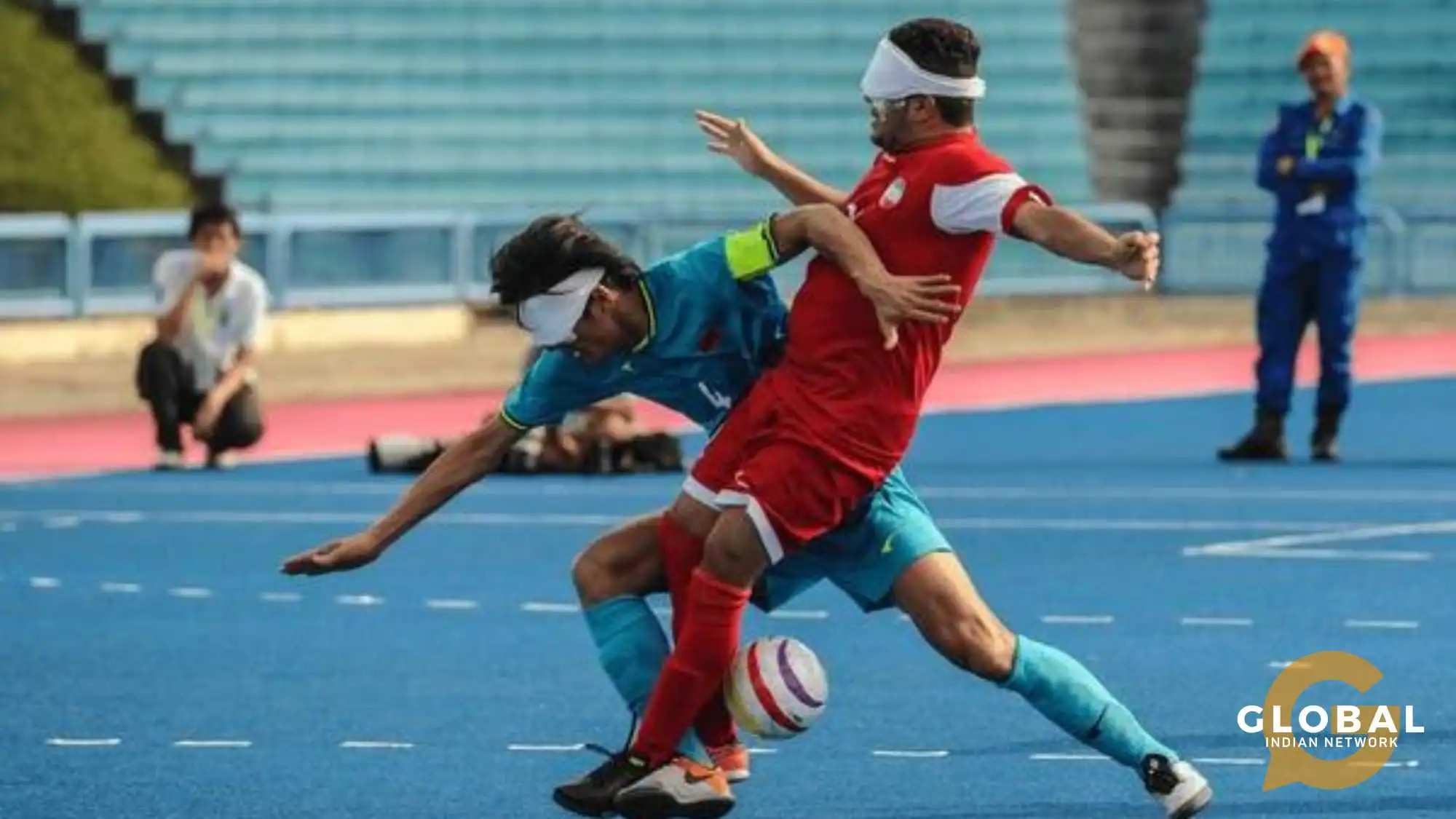
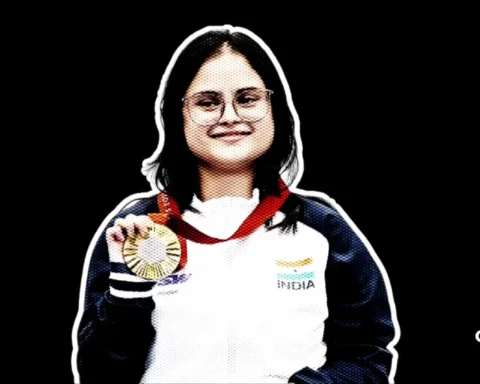

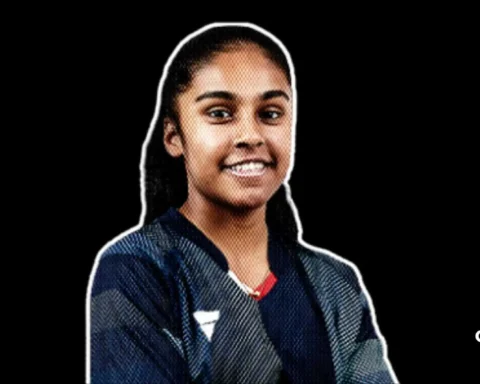
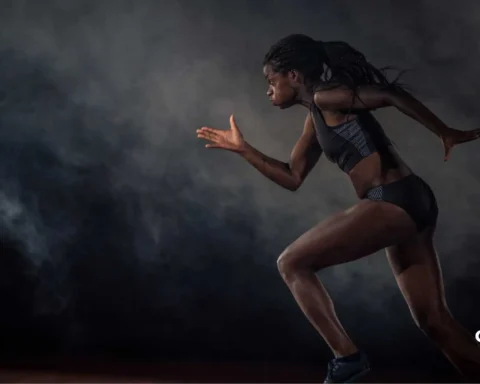
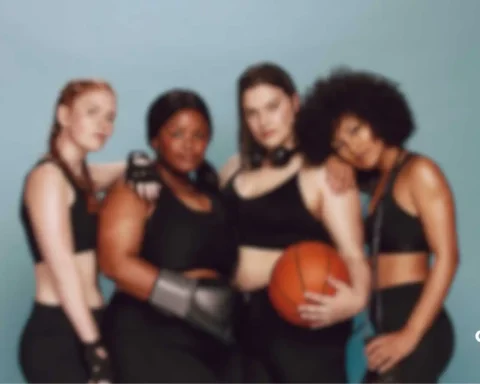
[…] and infrastructure. While cricket enjoys state-of-the-art facilities and substantial funding, football languishes in neglect. Many young footballers do not have access to basic amenities like proper […]